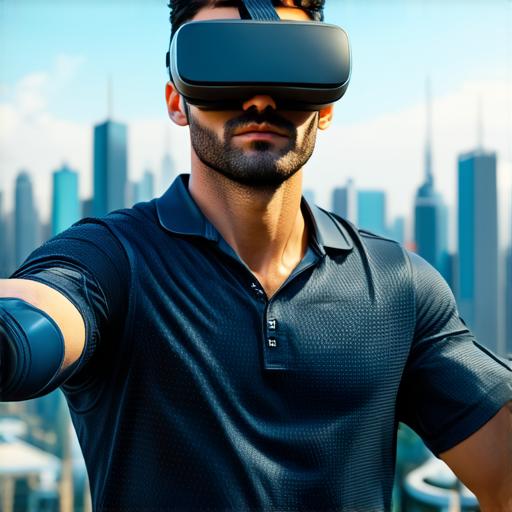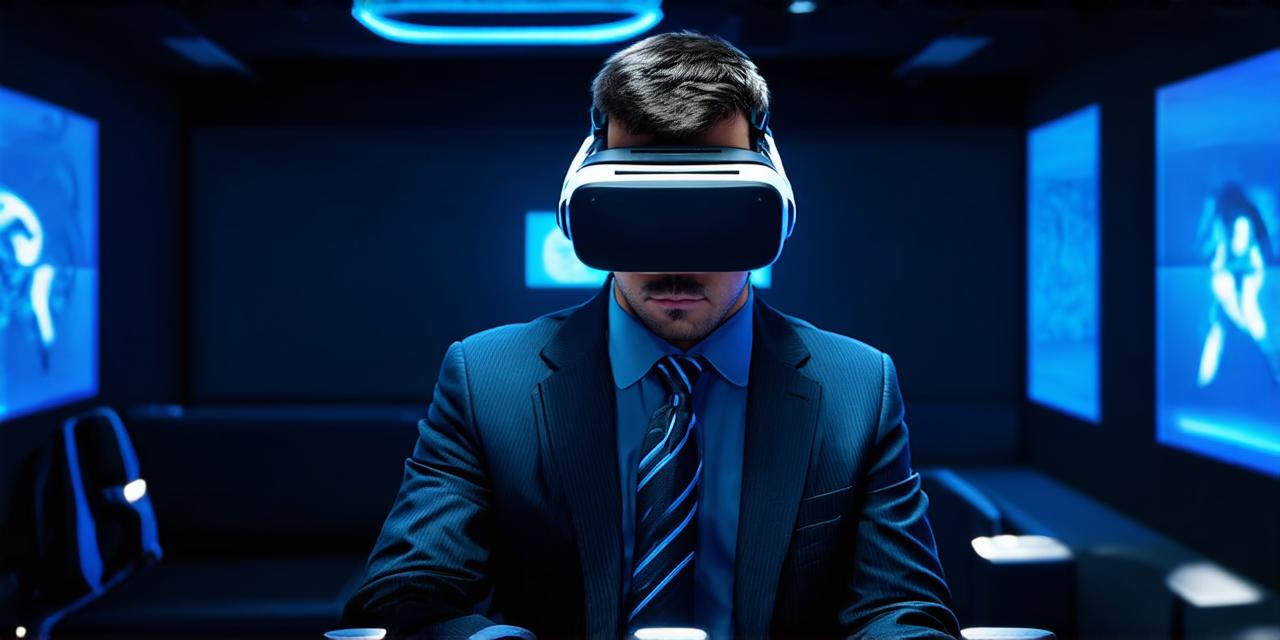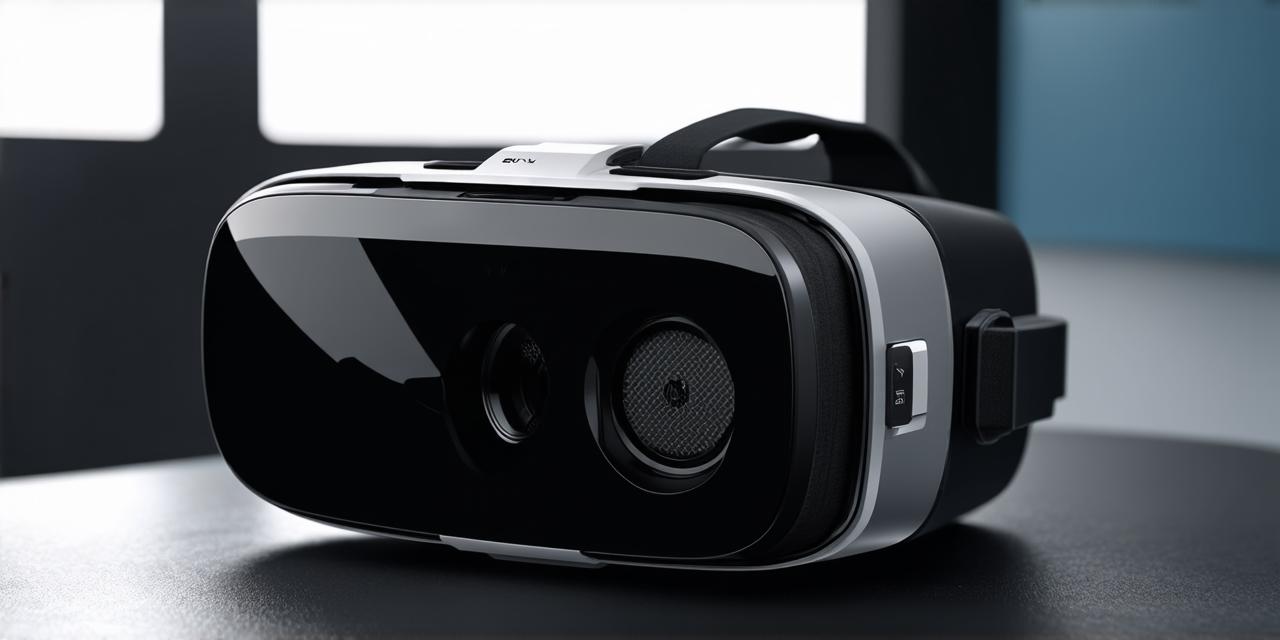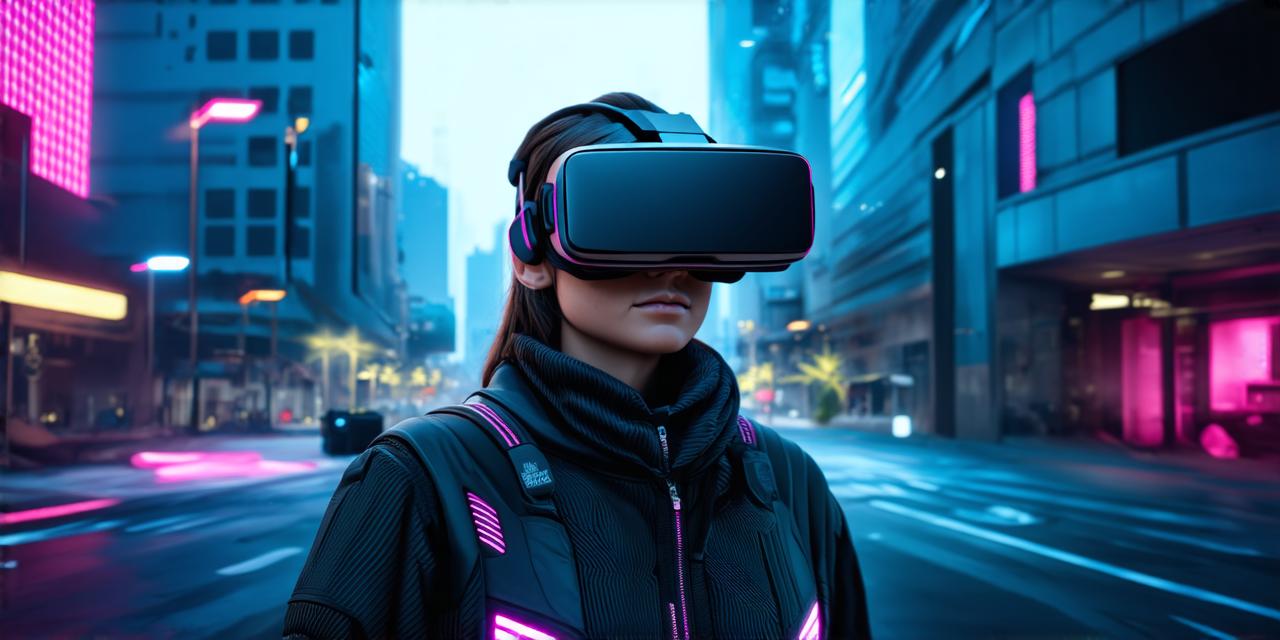Virtual reality (VR) headsets have become increasingly popular in recent years, offering a fully immersive experience that allows users to interact with virtual environments.
1. Choosing the Right VR Headset
There are several VR headsets available on the market, each with its own unique features and capabilities. When choosing the right VR headset for your project, consider the following factors:
- Field of View (FOV): The FOV determines the amount of the virtual environment that users can see at once. A wider FOV allows for a more immersive experience, while a narrower FOV may be better for certain applications such as gaming.
- Resolution: The resolution of the VR headset’s display affects the clarity and quality of the visuals. Higher resolution displays provide more detailed and realistic visuals.
- Comfort: It’s essential to choose a VR headset that is comfortable to wear for extended periods. Consider factors such as weight, fit, and padding when selecting a headset.
- Connectivity: Ensure that the VR headset you choose is compatible with your computer or gaming console.
2. Setting Up the VR Headset
Once you have chosen your VR headset, it’s time to set it up. Here are the steps to follow:
- Connect the VR headset to your computer using a USB cable.
- Download and install the appropriate software for your VR headset.
- Adjust the headset settings according to your preferences, such as FOV, resolution, and tracking sensitivity.
- Calibrate the sensors on the VR headset to ensure accurate tracking.
3. Using the VR Headset
Now that you have set up your VR headset, it’s time to start using it. Here are some tips for optimizing the user experience:
- Sit or stand in a clear and open space free from obstacles such as furniture, walls, and other people.
- Adjust the headset settings to suit your preferences and environment.
- Use hand tracking to interact with virtual objects.
- Take breaks regularly to avoid motion sickness.
4. Common Issues with VR Headsets
While VR headsets are generally user-friendly, there are some common issues that users may encounter. Here are some solutions to these problems:
- Motion sickness: To reduce the risk of motion sickness, take breaks regularly and adjust the FOV and resolution settings.
- Tracking issues: If you experience tracking issues, try calibrating the sensors again or adjusting the tracking sensitivity settings.
- Comfort issues: If you find the VR headset uncomfortable to wear, try adjusting the padding or using a different headset.
5. FAQs
Q: Can I use my VR headset with my smartphone?
A: Most VR headsets require a computer or gaming console to function properly, but some may have limited compatibility with smartphones.
Q: What is the best way to clean my VR headset?
A: Use a soft, dry cloth to wipe down the lenses and sensors of your VR headset. Avoid getting any moisture or cleaning solutions on the device.
Q: How long does a VR headset battery last?
A: The battery life of a VR headset can vary depending on the model and usage. Check the manufacturer’s website for specific information about your VR headset’s battery life.





